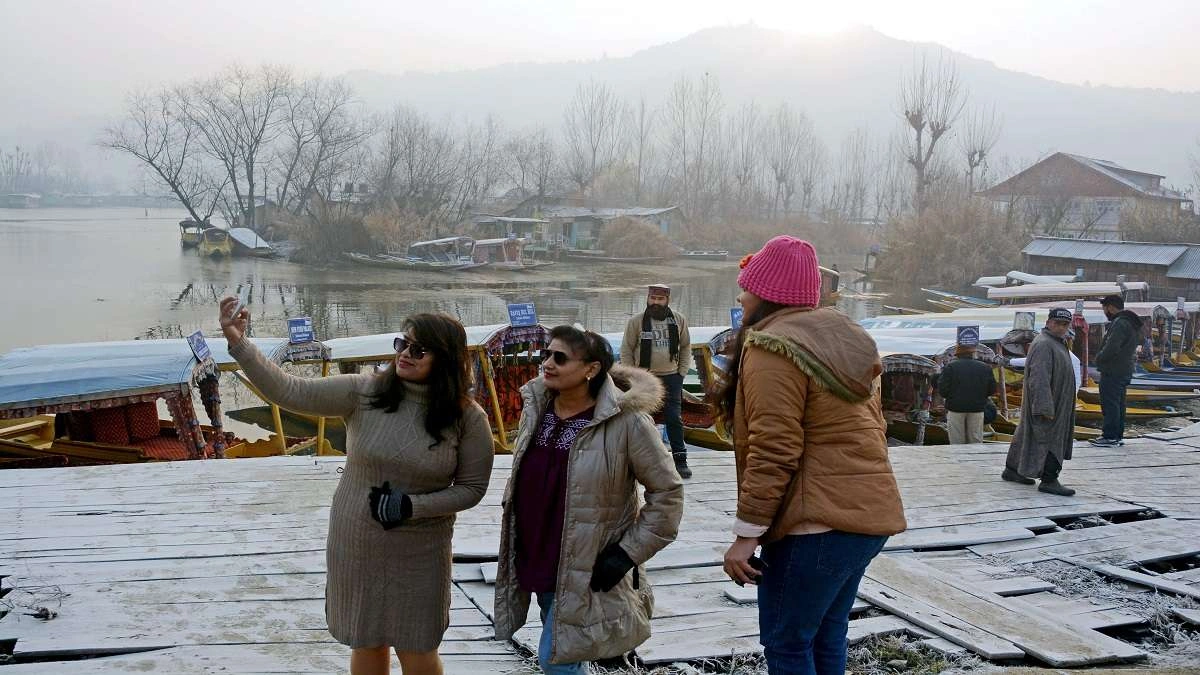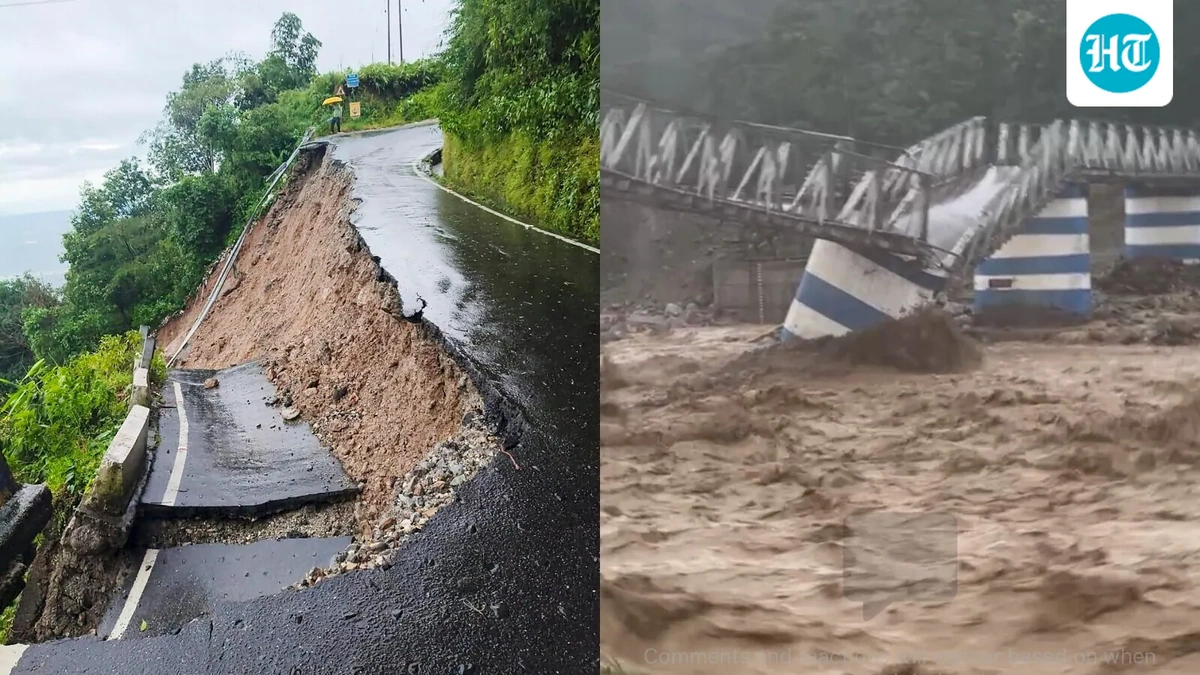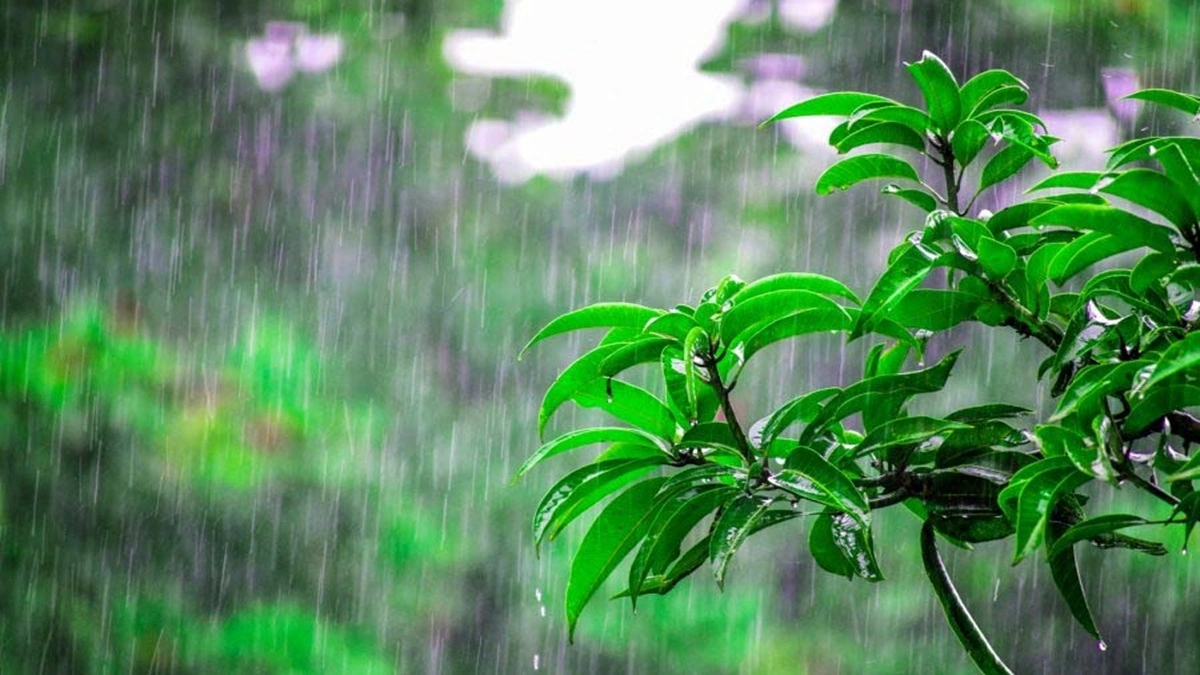Srinagar’s Weather Isn’t Just a Forecast, It’s a Story. Here’s How to Read It.
Let’s be honest. You’re planning a trip to Srinagar, and the first thing you do is type ” weather srinagar ” into Google. An app pops up with a number: 15°C, 2°C, maybe -5°C with a little snowflake icon. You pack accordingly. Job done, right?
Wrong. And I mean that in the best way possible.
Treating Srinagar’s weather as just a number is like reading only the last page of a suspense novel. You get the result, but you miss the entire, breathtaking plot. What fascinates me and what every visitor should understand is that the weather in this valley isn’t just a set of meteorological data. It’s the main character in Kashmir’s story. It dictates the colour of the Dal Lake, the taste of the apples, the rhythm of life, and even the poetry.
So, let’s sit down, grab a virtual cup of kahwa, and go beyond the forecast. Let’s talk about why the weather here behaves the way it does. Because once you understand the story, that little number on your phone will mean so much more.
The Invisible Engine | What’s REALLY Driving the Weather in Kashmir?
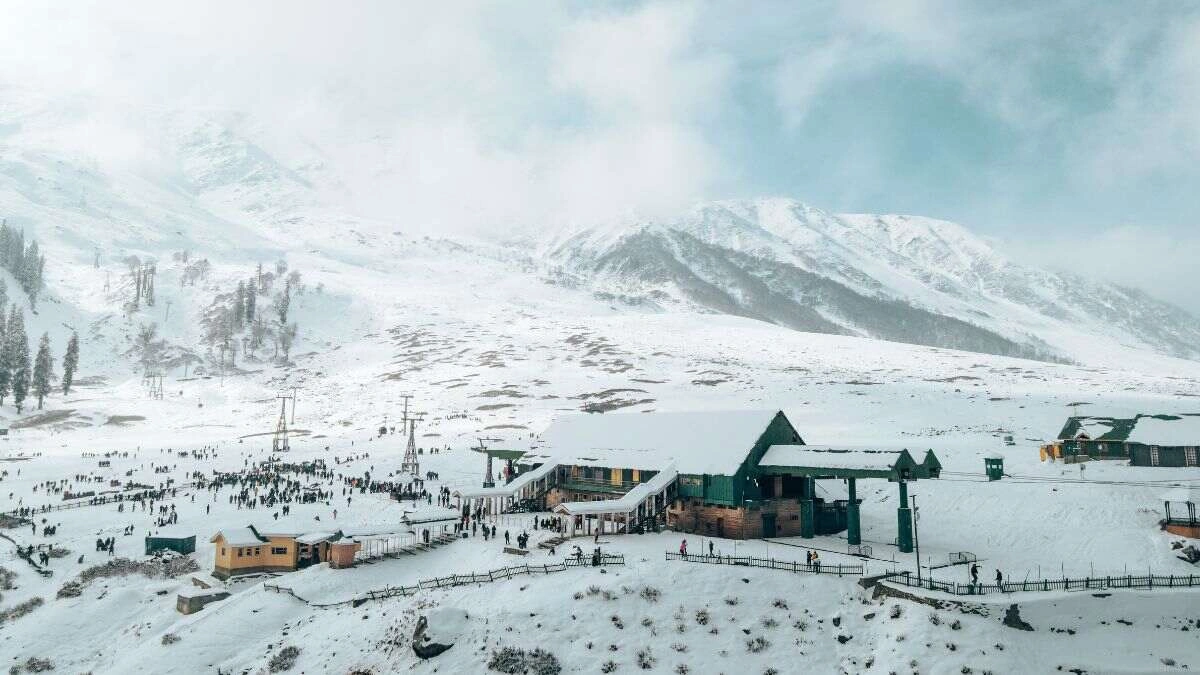
Ever heard of the “Western Disturbances”? It sounds like a title for a spy movie, but it’s the single most important factor shaping the kashmir weather . And it’s not even a local phenomenon.
Picture this: a storm system brews over the Mediterranean Sea, thousands of kilometres away. It’s a low-pressure area, a bit like a meteorological introvert, but as it travels eastward across Iran, Afghanistan, and Pakistan, it gathers moisture and energy. By the time it reaches the mighty Himalayas, it’s a full-blown atmospheric event.
The Himalayas act as a massive barrier, forcing this moisture-laden system to rise, cool, and then dump all its precipitation over Northern India. For Srinagar and the valley, this is everything. These disturbances are the reason for the valley’s life-giving winter snow and its gentle spring rains. A strong Western Disturbance in January means a thick blanket of snow, happy skiers in Gulmarg, and crucially replenished rivers and glaciers for the year ahead. A weak one means a dry winter and a lot of worried farmers.
So, when you see “rain” or “snow” in the srinagar weather forecast , don’t just see a cancelled shikara ride. See the dramatic finale of a trans-continental journey that started near Europe. It’s a pretty mind-blowing thought, isn’t it?
Decoding the Four Acts of Srinagar’s Weather Drama
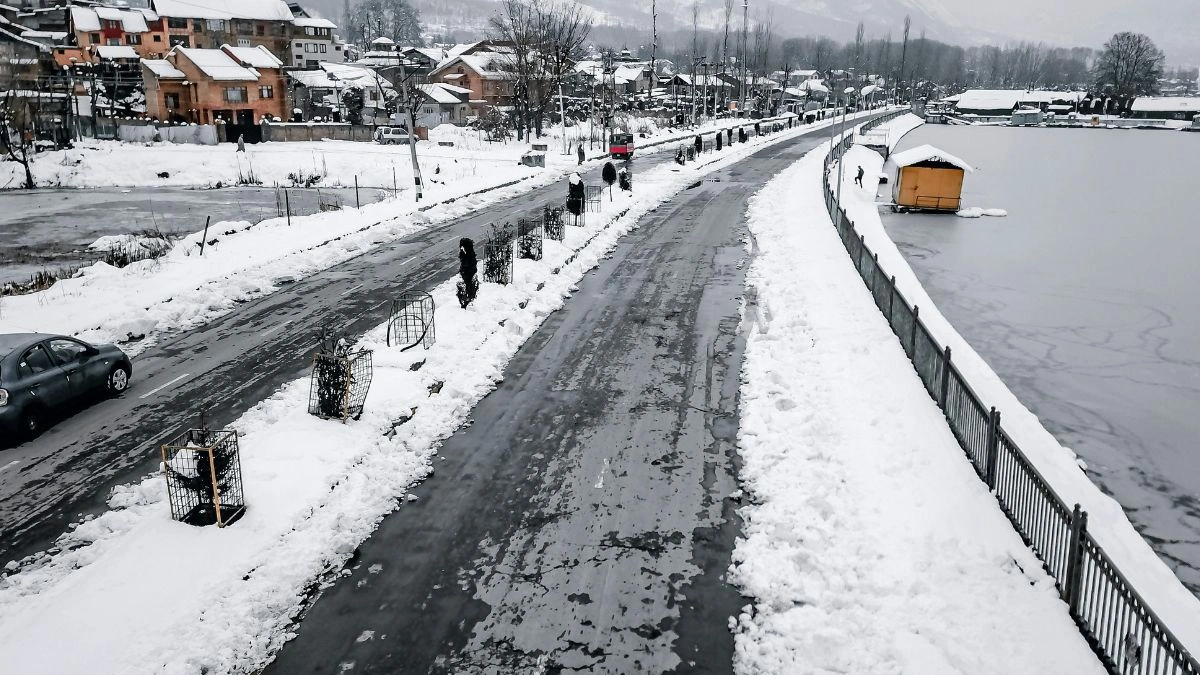
Srinagar doesn’t just have seasons; it has distinct acts in an annual play, each with its own mood and personality. Forgetting this is a common mistake I see travellers make.
- Act 1: Sonth (Spring – Mid-March to May)
This is the valley’s great awakening. It’s not a gentle, predictable spring. It’s a moody artist. One day, you’re basking in glorious sunshine, convinced you’re in paradise. The next, a quick shower from a passing Western Disturbance sends you running for cover. The air is crisp, the almond blossoms are out, and the Tulip Garden is a riot of colour. This is the season of layers—a light jacket, a scarf, and sunglasses are all your best friends. The weather in Delhi might be scorching, but here it’s a delightful game of guess-the-weather. - Act 2: Grishim (Summer – June to August)
This is Srinagar in its most postcard-perfect form. The sun is out, but it’s a gentle, forgiving sun, unlike the brutal heat of the Indian plains. The average srinagar temperature hovers in the comfortable 20s and low 30s (°C). The chinars are a deep, lush green, and the dal lake weather is perfect for long, lazy shikara rides. It’s the season of tourists, bustling markets, and life lived outdoors. It’s what you see in the brochures, and for good reason—it’s absolutely idyllic. - Act 3: Harud (Autumn – September to November)
For many, myself included, this is the soul of Kashmir. The air turns sharp and clear. The sky becomes a brilliant, cloudless blue. But the real showstopper is the chinar trees. They turn from green to gold, amber, and fiery crimson. The entire valley looks like it’s on fire. It’s a photographer’s dream. The days are pleasant, but the nights start to carry the first hint of the coming cold. Harud is a poignant, beautiful farewell to warmth. - Act 4: Wandah & Chilla-i-Kalan (Winter – December to February)
Winter isn’t just one long, cold spell. It has its own mini-seasons. The real deal is the legendary Chilla-i-Kalan, a 40-day period starting around December 21st. This is when the cold is at its most intense and the chances of heavy snowfall are highest. The temperature plummets, often staying below zero even during the day. Water pipes freeze, the Dal Lake gets a thin sheet of ice, and life moves indoors, centered around the warmth of the *kangri* (a small earthen pot with hot embers). It’s harsh, but it’s also a time of incredible, stark beauty.
It’s Not the Heat, It’s the… Everything Else
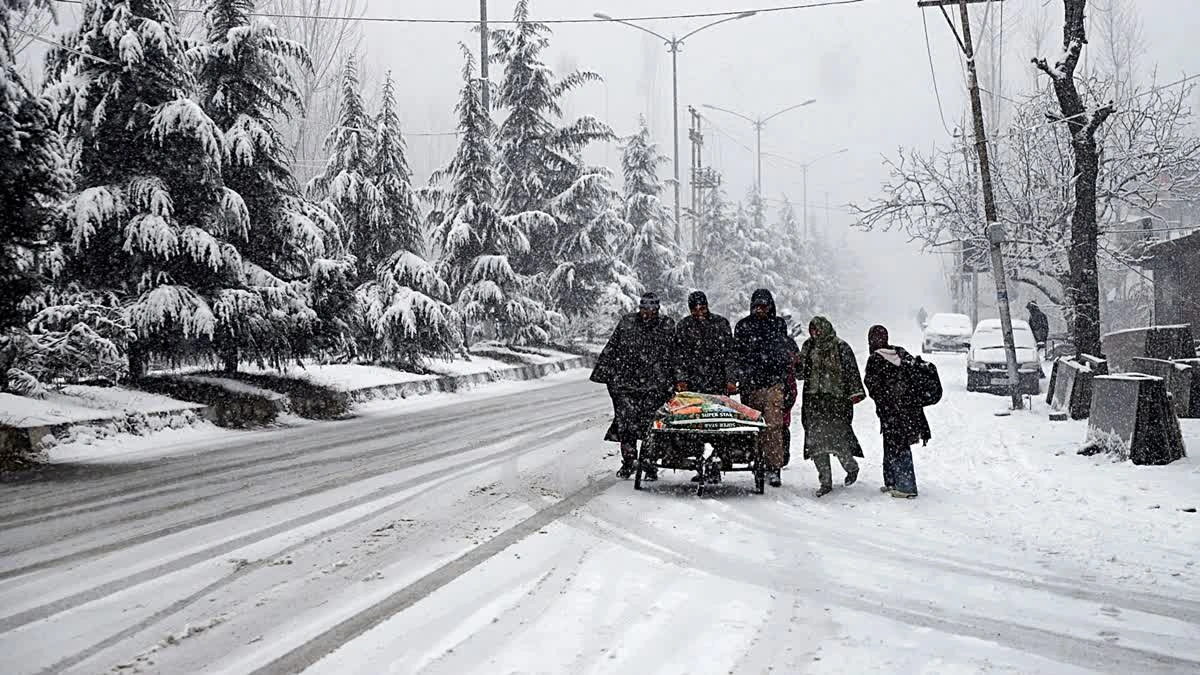
Here’s something an app will never tell you: 10°C in Srinagar feels completely different from 10°C in, say, Mumbai or Chennai. Why?
First, it’s a dry cold. The lower humidity means the cold feels sharper, more biting, but it also feels cleaner. It doesn’t have that damp, seeping chill you get in coastal cities. Second, there’s the psychological element. When you’re sipping hot kahwa, wrapped in a pashmina, and looking out at the snow-capped Zabarwan Range, the cold feels… right. It’s part of the experience. It feels poetic, not punishing.
The local culture is built around this reality. The pheran, the traditional long cloak, isn’t just clothing; it’s a personal, portable heating system designed to hold a kangri underneath. It’s a beautiful example of life adapting perfectly to the rhythm of the weather. It’s a nuance you feel in your bones, not something you can read on a screen. You can check the weather in New Delhi and see a similar temperature, but the feeling on your skin, the story the air tells, is a world apart.
I initially thought this was a minor point, but then I realized it’s the key to truly feeling Kashmir. It’s the difference between being a tourist and being a traveler.
A Story in Flux | The Unsettling New Chapter
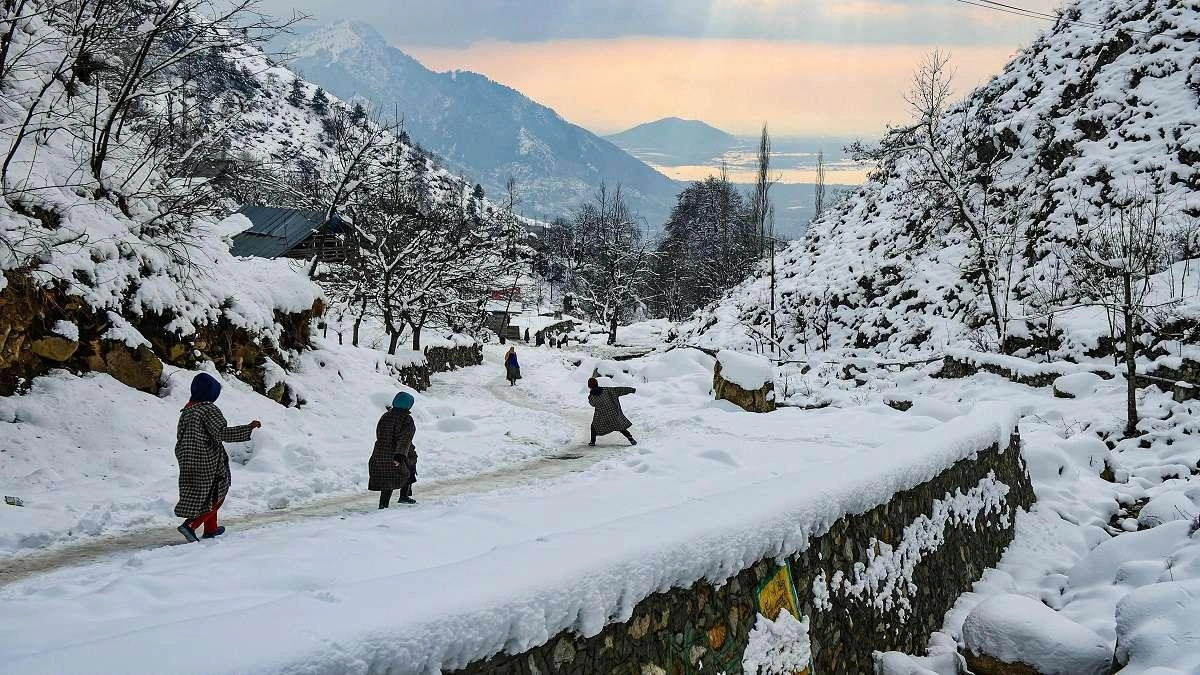
But this centuries-old story is being rewritten. Climate change is the new, unpredictable character in the drama. The patterns are shifting. According to climate scientists and reports from bodies like theIntergovernmental Panel on Climate Change (IPCC), the impact is undeniable.
Winters are getting warmer and snowfall more erratic. The once-reliable, heavy snowfalls of Chilla-i-Kalan are becoming less frequent. Glaciers in the region are receding at an alarming rate. This isn’t just an ecological concern; it’s an existential one for a region whose agriculture, water supply, and tourism depend entirely on this delicate climatic balance.
So when you look at the weather srinagar today, you’re not just looking at a snapshot. You’re looking at a single frame in a much larger, evolving narrative one that holds the key to the future of this paradise on Earth.
Frequently Asked Questions About Srinagar’s Weather
What is the absolute best month to visit Srinagar?
This is a trick question! The “best” time depends entirely on what you want to experience. For lush greenery and pleasant weather, go from May to August. For fiery autumn colours and crisp air, September and October are unbeatable. If you want to experience a magical, snowy wonderland, aim for late December to January.
Do I really need heavy woolens if I’m visiting in May?
Yes, absolutely. While the daytime can be warm and sunny, the temperature can drop significantly in the evenings or during a sudden shower. The key is layering. A fleece, a light jacket, and a scarf are non-negotiable, even in “summer.”
How accurate is the 10-day srinagar weather forecast?
It’s a good guide, but take it with a grain of salt. The mountainous terrain means the weather can change very quickly. Use the forecast for general planning, but always be prepared for a surprise. The 24-48 hour forecast is usually much more reliable.
What exactly is Chilla-i-Kalan?
It’s a traditional Persian name for the 40-day period of the harshest winter, typically from December 21st to January 31st. This is when Kashmir experiences its coldest temperatures and heaviest snowfall. It’s followed by a 20-day period called ‘Chilla-i-Khurd’ (small cold) and a 10-day period ‘Chilla-i-Bachha’ (baby cold).
Is it safe to travel to Srinagar if heavy snowfall is predicted?
Heavy snowfall can sometimes lead to flight delays or temporary road closures (like the Jammu-Srinagar highway). However, within the city, life adapts. It’s a magical experience, but it’s crucial to have a flexible travel schedule and check with your airline and local operators for the latest updates.
Ultimately, to check the weather in Srinagar is to check its pulse. It tells you more than just whether to pack an umbrella. It tells you what the valley is feeling, what it’s preparing for, and the story it’s ready to share with you. So go beyond the numbers, and you’ll find a much deeper, more rewarding experience waiting for you.
